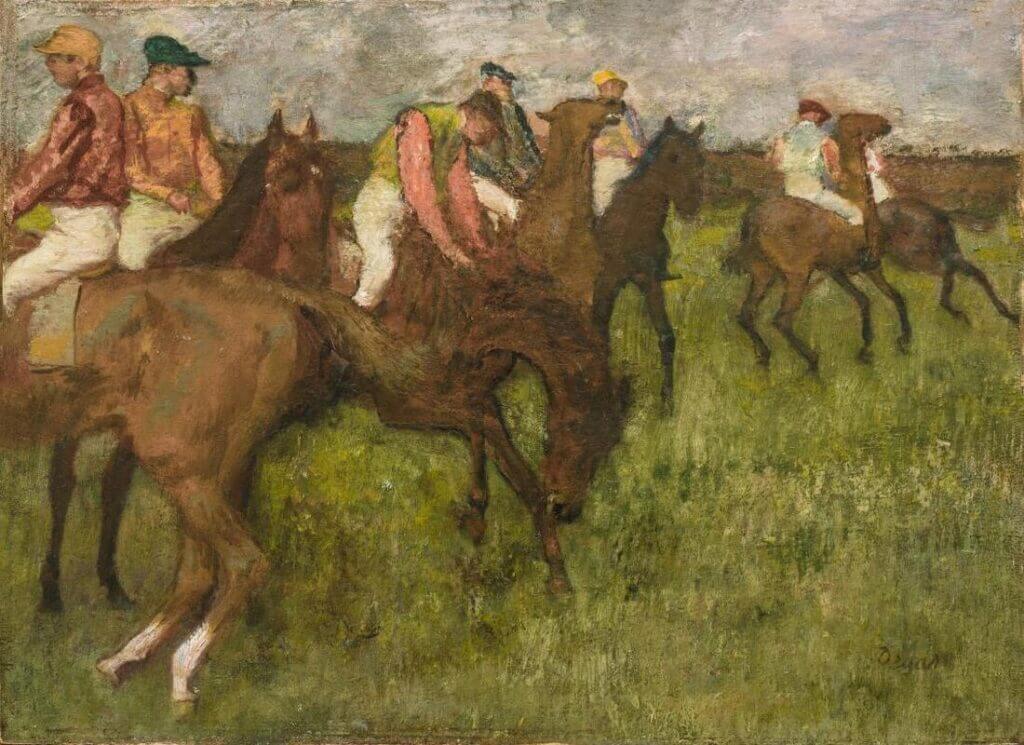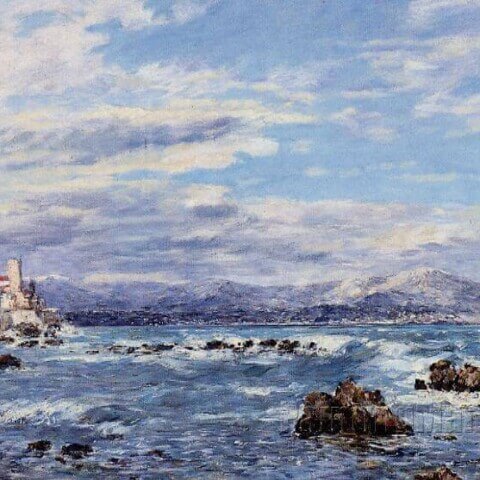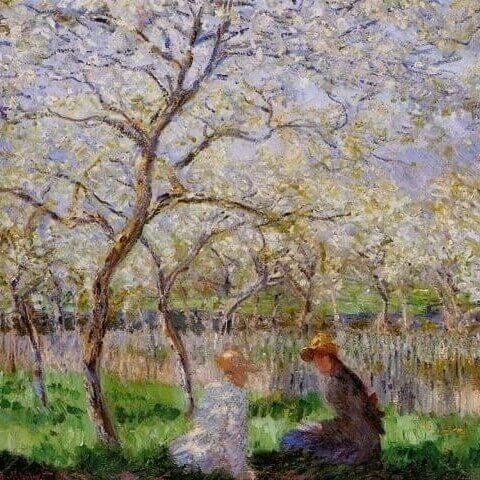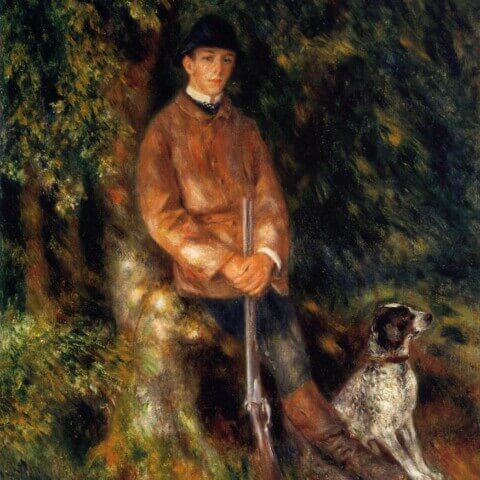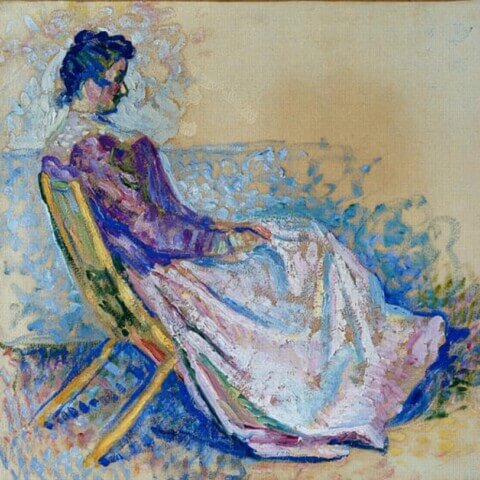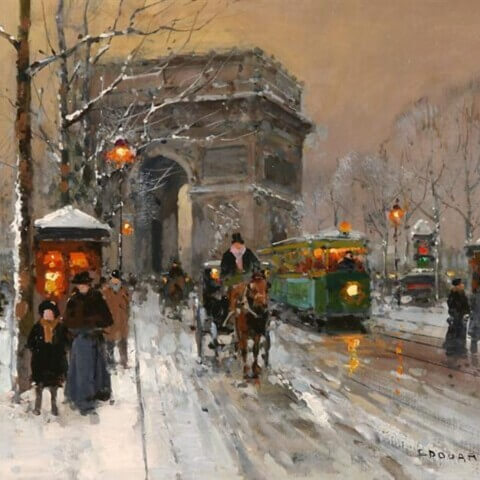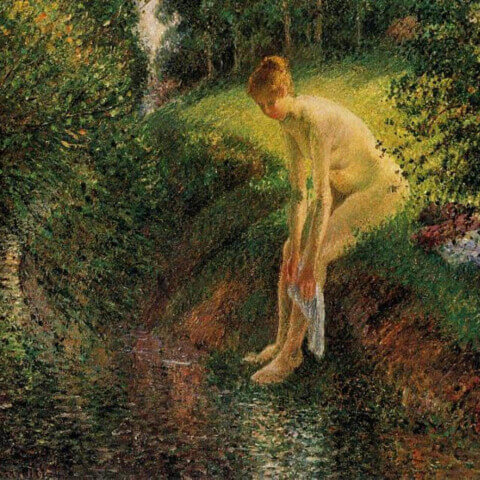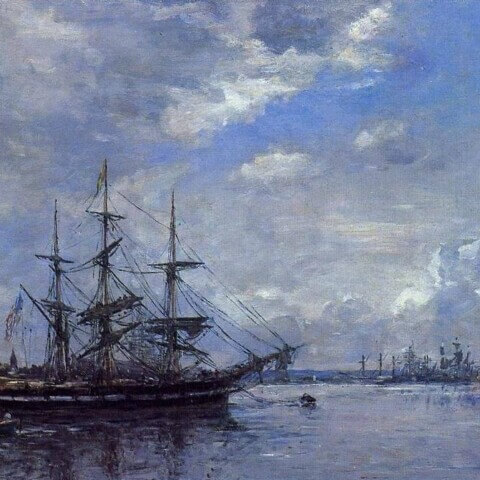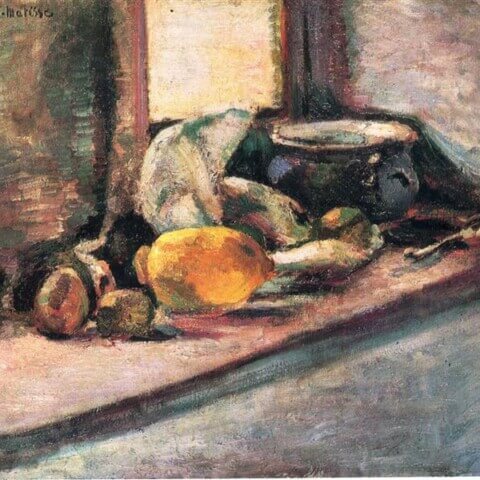Title: Edgar Degas’ “”Jockeys”” (1884): A Dynamic Masterpiece of Horse Racing
Year Painted: 1884
Edgar Degas, a prominent French artist associated with the Impressionist movement, created a truly remarkable painting titled “”Jockeys”” in 1884. This artwork stands as a testament to Degas’ exceptional talent and innovative approach to capturing movement and human form.
“”Jockeys”” is an extraordinary piece that showcases Degas’ keen eye for detail and his ability to convey the intensity and energy of horse racing. In this painting, Degas deviates from the traditional depiction of jockeys and instead focuses on capturing their swift movements and the dynamic atmosphere of the racetrack.
One of the distinctive features of “”Jockeys”” is Degas’ compositional approach. He employs a diagonal composition that creates a sense of motion and brings the viewer into the heart of the action. The horses and jockeys are depicted in mid-stride, frozen in a moment of intense competition. Degas skillfully portrays the physical exertion of the jockeys as they lean forward, their bodies leaning into the movement of the horses. The viewer can almost feel the wind rushing by and sense the thundering sound of hooves hitting the ground.
Degas’ choice of colors also adds to the vibrancy and liveliness of the painting. He uses bold, contrasting hues to convey the excitement and drama of the race. The bright reds, blues, and whites of the jockeys’ attire juxtaposed against the earthy tones of the racetrack create a visually captivating and emotionally charged scene.
What makes “”Jockeys”” truly special is its departure from conventional portraiture. Rather than focusing on the individual facial features of the jockeys, Degas instead concentrates on their movements and gestures. By doing so, he captures the essence of the sport and conveys a universal human experience through the representation of intense physical exertion and competition.
Furthermore, “”Jockeys”” is significant in the context of Degas’ larger body of work. It exemplifies his exploration of modern subject matter and his commitment to capturing fleeting moments in time. Degas was deeply influenced by photography and often sought to emulate its ability to freeze moments that are typically ephemeral. In “”Jockeys,”” he accomplishes this through his skillful brushwork and composition, effectively immortalizing the dynamic nature of horse racing.
Today, “”Jockeys”” continues to be admired and celebrated as one of Degas’ most remarkable and captivating works. It serves as a testament to his technical prowess, artistic innovation, and enduring legacy within the Impressionist movement.
At our art gallery, we take pride in offering comprehensive global shipping to our esteemed clientele. We understand the significance of your art acquisitions and the need to transport them with utmost care. Hence, we are committed to delivering your chosen paintings to any address worldwide and free of any additional charge.
Our reliable courier service partners are experienced in handling precious art pieces and ensure that your painting reaches you in pristine condition. We offer fully insured, door-to-door delivery, providing you with peace of mind that your artwork is protected during transit.
Moreover, to accommodate your unique framing preferences, we offer the distinctive service of sending your purchased artwork directly to any framer across the globe. This enables you to have your painting framed locally by your trusted framer, reducing the risk of damage during transportation.
Regardless of your location or your framer’s, we strive to make the process as seamless as possible. It is our goal to provide exceptional service that caters to your needs and ensures the safe delivery of your valuable artwork.
We invite you to experience our hassle-free, worldwide shipping service, which is aimed at delivering your prized art pieces safely and efficiently, wherever you may be.
Similar paintings
Join our newsletter
Signup for our newsletter and receive our inspiration guide and 20% discount on your first order!

